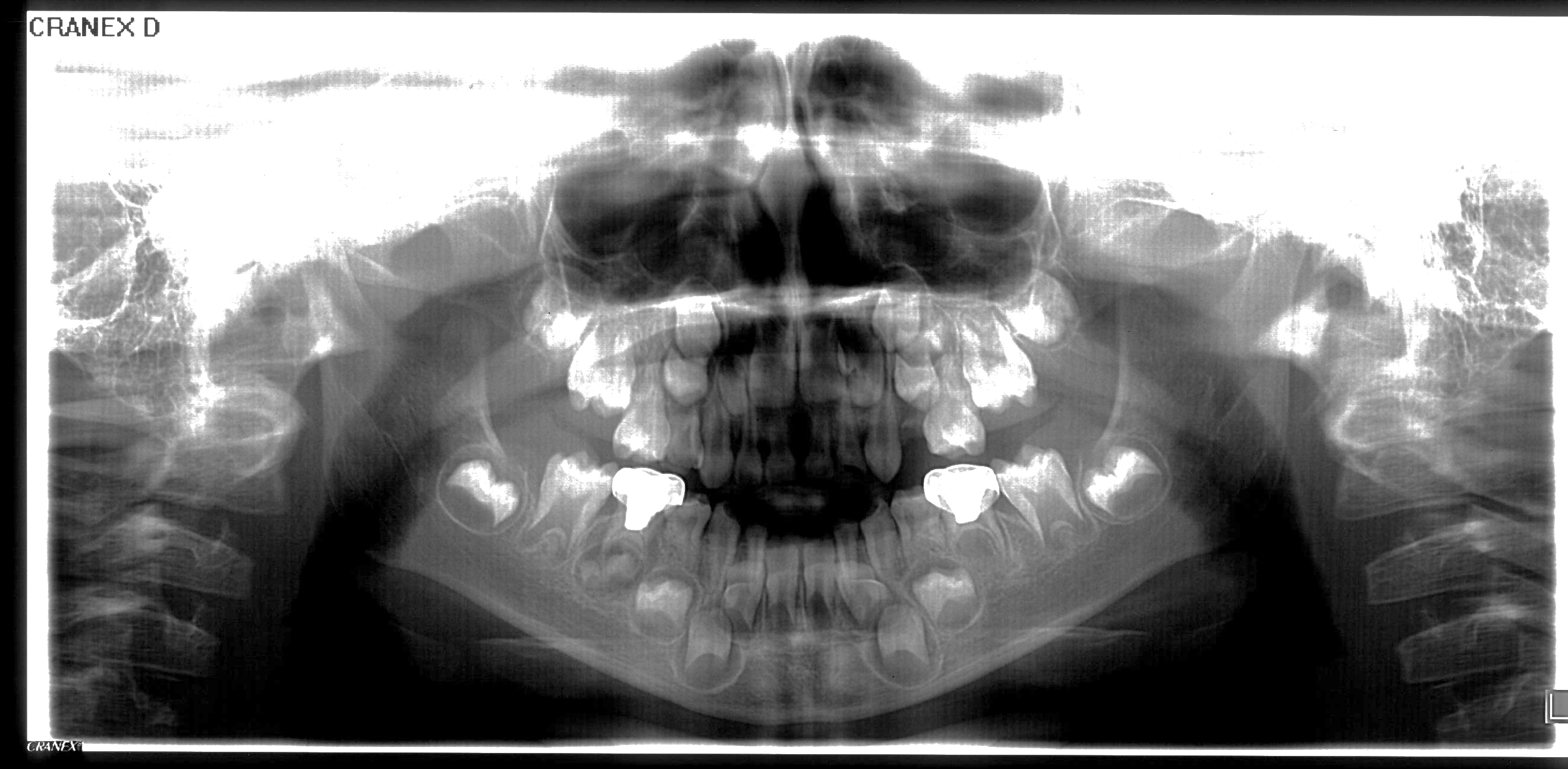Management of two taurodont primary molars with pulp involvement using calcium-enriched mixture cement pulpotomy in a patient with accompanied drug reaction with eosinophilia and systemic symptoms syndrome: a case report
DOI:
https://doi.org/10.15419/bmrat.v6i5.545Keywords:
Deciduous Teeth, DRESS syndrome, Taurodontism, Vital Pulp TherapyAbstract
Background: Taurodontism is considered a variation in tooth morphology associated with several syndromes.
Case Presentation: This report presents a case of taurodontism associated with drug reaction with eosinophilia and systemic symptoms (DRESS) syndrome. A 5-year-old girl, with a history of DRESS syndrome, was referred to the department of pediatric dentistry at the School of Dentistry, Shahid Beheshti University of Medical Sciences, with a chief complaint of toothache. Clinical and Radiographic examinations showed deep carious lesions with large pulp chambers and short roots present in relation to second mandibular primary molars. Routine pulpectomy could not be performed as a result of complex tooth morphology. Instead, we played a deep pulpotomy with calcium-enriched mixture cement agent, and the crowns were restored. Follow-up observations after six and 12 months showed that the tooth was asymptomatic, clinical and radiographic examinations revealed no swelling, no sensitivity to percussion and palpation.
Conclusion: In patients with carious taurodont deciduous teeth, deep pulpotomy with biomaterials such as calcium-enriched mixture cement can result in favorable outcomes.

Downloads
Published
Issue
Section
License
Copyright The Author(s) 2017. This article is published with open access by BioMedPress. This article is distributed under the terms of the Creative Commons Attribution License (CC-BY 4.0) which permits any use, distribution, and reproduction in any medium, provided the original author(s) and the source are credited.
